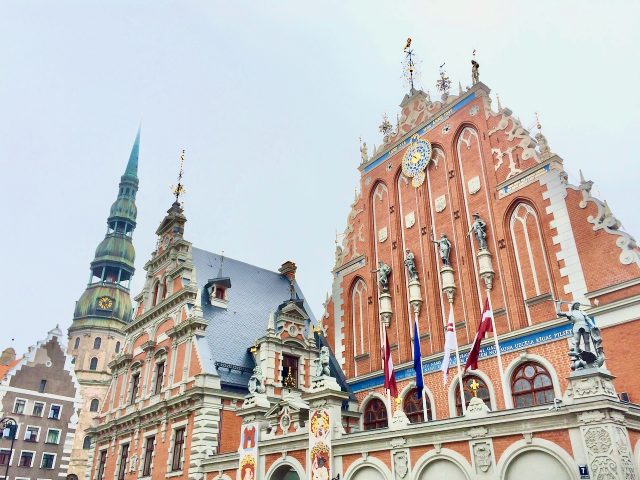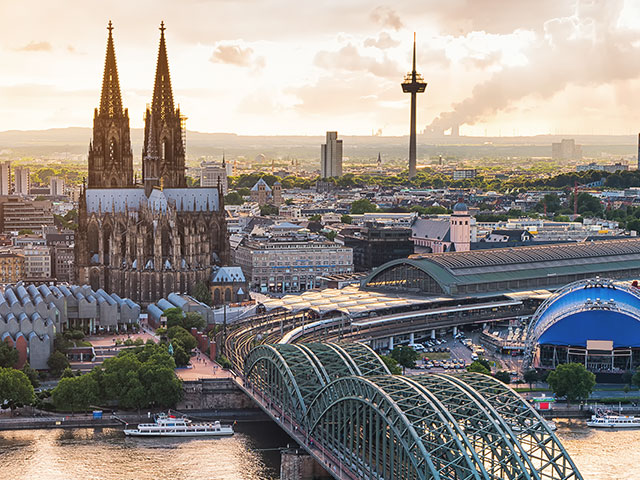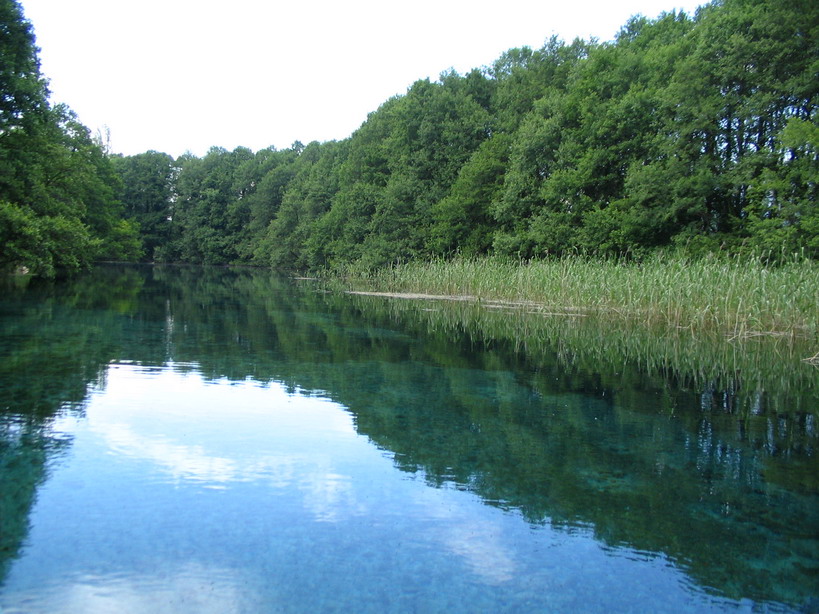 |
| Mosaics at Stobi archaeological site |
Driving south 30 km from Veles, in the 2,219 people town of Gradsko (Градско in Macedonian), it can be found Stobi archaeological site (8:30-19 from Apr to Sep; 8:30-16:30 from Oct to Mar; 120 MKD/ 50 MKD/ free adults/ retiree and students/ kids under 6), a Paeonian settlement that was later part of Macedon and it
fell under the Romans (2nd century BC), being the
capital of the Macedonia Salutaris province and enjoying significant
growth till it was abandoned by the 6th century. Some of the most important religious buildings, dating back to the 5th century, are the northern basilica (with Slavic graves), the central basilica (built on a synagogue) and the Episcopal
Basilica (Hellenistic building whose
baptistery has magnificent mosaic compositions). The main streets of the town are via Axia, via Principalis Inferior and via Theodosia As for houses the main ones are the House of the Psalms, House
of Partenius, House of Peristerius (large living complex for several
families and also had rooms for shops) and the Palace
of Theodosius (building where the emperor Theodosius first stayed while being in
Stobi, whose floor is covered with marble blocks and the peristyle with
mosaics). Other nice remains are the main town public fountian and Magnae Therma.
 |
| Popova Kula winery at Demir Kapija |
Continuing south from Stobi there's the area known as Tikveš, a plain known for its wineries that, activity that was abandoned during 500 years of Ottoman control (because of them being Muslims and not drinking alcohol) and recovered after it. The main towns located in this wine-growing region are Kavadarci (Кавадарци in Macedonian), Negotino (Неготино in Macedonian) and Demir Kapija (Демир Капија in Macedonian), all of them with large Macedonian ethnic majorities. The main grape variety used in Tikveš is vranac (and in Popova Kula it's used the local Macedonian variety of stanušina crna). Some of the most popular wineries are Tikveš Winery (10-18 Mon-Sat; booking on advance) and Popova Kula (winery-hotel). In Kavadarci (38,741 inhabitants), the wine capital of North Macedonia, there are other things to do such as visiting Marko's Tower (18th century defensive tower), enjoying the architecture and the views of Tikveš from Kosturnica Memorial or going to Lake Tikveš, the largest man-made lake of the country. As for Negotino (13,284 people) here it can be visited Negotino Town Museum (8-16), museum that shows the history and culture of the region with archaeological,
ethnological, fine arts and historical pieces, maintaining a wine gallery at the St. Ǵorǵi Monastery; St. Ǵorǵi Monastery, monastery built in 1860 with three cupolas that during WW2 was home of Baba Mitra, a local grandmother that freed 20 partisan detained by Nazi Germans and who died when the Germans set fire
to the monastery with Baba Mitra inside it or St. Atanasij Veliki Macedonian Orthodox Church, the main church in the town that dates back to 1837.
Where can I eat in Veles?
Veles culinary scene is quite average and there are some nice restaurants such as the winery Chateau Sopot,
the Irish pub Da Vinci's Pub (
Blagoj Gjorev 99) or
the restaurant of Hotel Romantik [
Хотел Романтик]
.
A part from the wineries previous recommended, other choices within Tikveš are Stobi Winery (Gradsko) or Bovin (Negotino).
 Veles (Велес in Macedonian, Köprülü in Turkish) is
a 43,716
inhabitants city (5th largest in North Macedonia) by river Vardar in the central part of North Macedonia. It is one of the industrial centers of the country and an important trade, transport and economic center and it's one of the cradles of Macedonian culture. Veles is also characterized by its typical and old town architecture.
Veles (Велес in Macedonian, Köprülü in Turkish) is
a 43,716
inhabitants city (5th largest in North Macedonia) by river Vardar in the central part of North Macedonia. It is one of the industrial centers of the country and an important trade, transport and economic center and it's one of the cradles of Macedonian culture. Veles is also characterized by its typical and old town architecture. 










 23:35
23:35
 Banknotemaniac
Banknotemaniac

 Posted in:
Posted in: 






